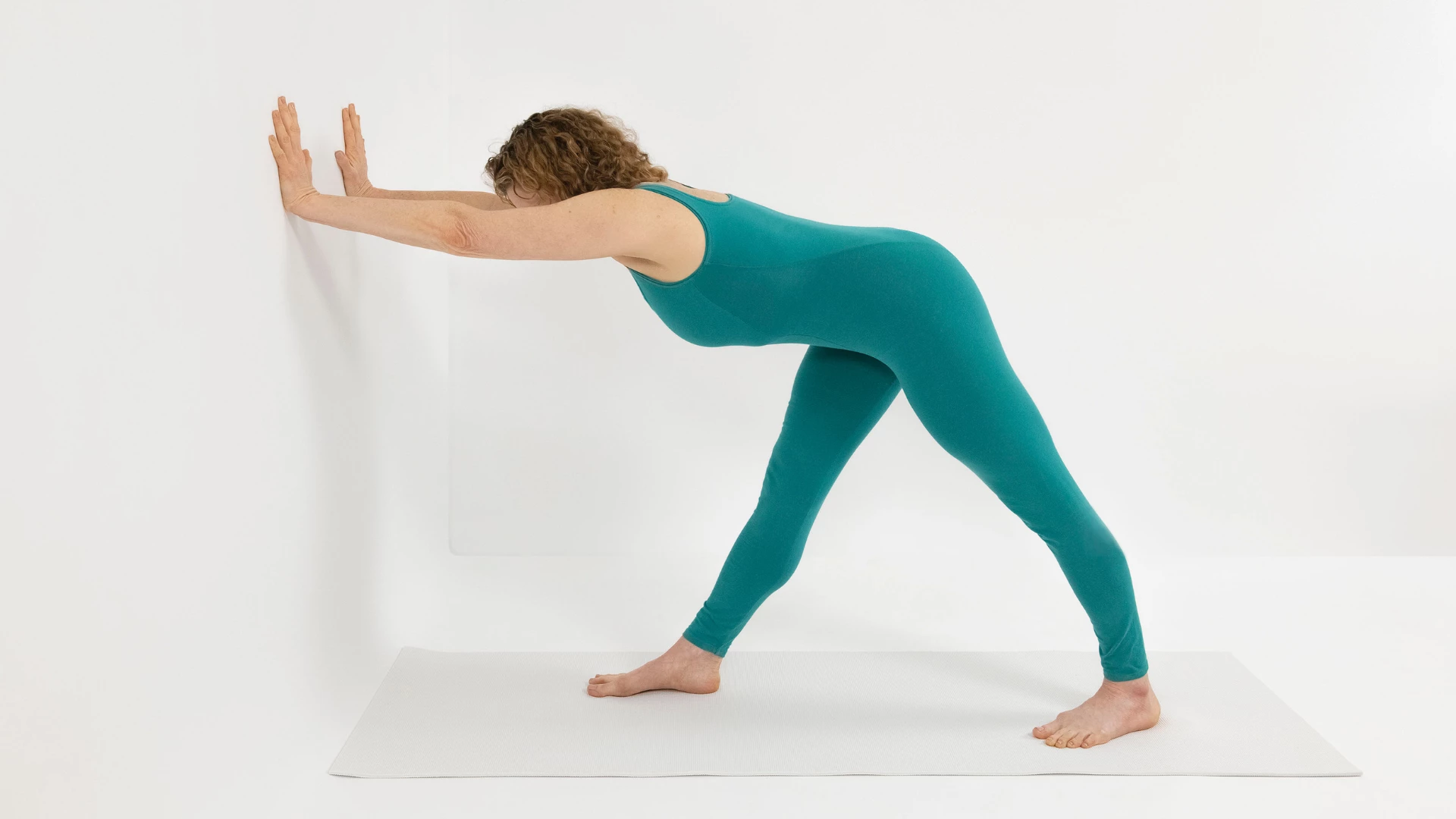Working with Injuries or Physical Limitations? An Invitation to Deepen Your Yoga Practice

Article At A Glance
We all show up to the mat with injuries or limitations at times, but how do we best approach our yoga practice in these moments? Here, learn how to skillfully adapt your yoga practice when faced with injuries or physical limitations. Discover the opportunities for growth, self-discovery, and mindful engagement in yoga, and find guidance on navigating these challenges with wisdom and compassion.
If you stick with yoga long enough, and perhaps not even very long, you’ll certainly be dealing with the question of what’s the right thing to do when you get injured or sick. Do you forge ahead and get to class even when your sciatica is flaring up? Do you stop practicing completely when your physical therapist tells you you have a torn meniscus? How do you adapt your practice after you injure your shoulder while playing tennis? How do you work with physical challenges in yoga?
It takes sensitivity and awareness to respond to changes in your physical condition and adapt practice appropriately. Therefore, working with an injury or illness can actually be a turning point in your yoga if you approach it as an opportunity for learning and self-discovery.
I’m going to set aside the hot topic of working with yoga-related injuries for the moment because they bring up a whole other set of important and nuanced questions. Here, I’d like to address how you approach practice when you have a physical limitation or an injury that happened “outside of yoga.” I put that phrase in quotes because whenever you are working with physical challenges in yoga, how you practice will certainly impact your condition. Your condition doesn’t stay outside of yoga, you bring it into the practice. And that’s exactly where the opening for growth lies.
Working with Physical Limitations in Yoga: An Opportunity for Growth
If you’ve already persevered with your yoga practice through an illness, injury, or another kind of physical limitation, then you probably already know that adapting practice during these times is a great opportunity to:
- Quickly deepen awareness of your body in the moment because you know it’s crucial to assess how different actions or poses affect you and whether they are helpful for you.
- Learn a tremendous amount about your body and yoga. Because the stakes are higher, you’re more present, focused, and motivated to pay attention.
- Honor and respect the needs of your body and let go of expectations that are not in line with those needs.
- Observe your reaction to your limitations. This can often involve an emotional or psychological component like frustration, blaming yourself, the arising of old, familiar feelings of weakness or vulnerability, or feeling that there is something inherently wrong with you. You evolve in practice by recognizing all this, seeing it, experiencing it, and still choosing to continue on, practicing appropriately and with compassion toward yourself.

For all these reasons, working with physical issues can result in taking more responsibility and ownership of your practice and knowing yourself more deeply.
How to Work Skillfully with Injuries and Physical Limitations in Yoga
Depending on your personality, I think most of us will tend toward either giving up and stopping practice all together, or powering through the situation by continuing on as before. I’ve wanted to respond both ways at different times. Instead of either of these extremes, I encourage students working with physical conditions to:
- Take a step back to observe the expectations, reactions, and resistance that might arise.
- Get a clear, medical diagnosis and the advice of medical professionals on a plan of treatment.
- Seek out objective information about what will serve you regarding physical activity and yoga practice.
- Create a realistic, short-term plan for yourself that you can revisit as your situation changes.
Injuries As A Time for Exploring All of Yoga
Often, there is a period during illness or injury when we need to rest and stop practicing asana completely or at least take it super easy. At these times, we can remember the many forms yoga practice takes, like breathwork, chanting, and meditation. I’ve known students who visualized themselves practicing postures when they were unable to perform them physically. They report feeling the subtle benefits of the poses even just by doing this.

At the appropriate time, we may come back to practice at a slower pace with more supported postures to be able to observe the effects of what we are doing and continue to respond and adapt our practice.
When Injuries Arise, Inquire Within
The Bhagavad Gita tells us that “Yoga is the severance of union with pain” (6.23). We can use this teaching as a compass to direct our curious and mindful engagement with practice. Some questions to inquire about your experience are:
- What specific poses, movements, positions, actions, or small adjustments make me feel better or worse?
- How is my breath moving?
- When I come out of the posture, how do I feel physically, mentally, and emotionally?
- How do I feel during and especially a few hours after my practice?
- How do breathing and meditation affect my experience of discomfort?
And, we can get input from a teacher or therapist we trust to assess if we are moving in the right direction.
Exploring Physical Limitations in Yoga is Key to Deepening Practice
In some ways, physical limitations can be aids to maintaining a regular practice. Many older students I know are motivated to practice very regularly because they know from experience that doing some yoga every day helps keep minor aches and pains at bay.
In successfully working with injuries, we hone the skill of discrimination, emerging with a greater understanding of ourselves and what’s beneficial for us in practice. Since the body is always changing, the sooner we get accustomed to learning how to skillfully respond to physical challenges, the more empowered we will be in our practice.
Also, read...
Chronic Pain: 4 Steps to Breathing into Discomfort
4 Keys to Relieving Back Pain with Therapeutic Yoga
3 Essential Steps to Protecting Your Shoulders in Yoga
Related courses
Breath as Medicine: Yogic Breathing for Vital Aging
Yoga and Myofascial Release: Releasing Chronic Tension with the Bodymind Ballwork Method

Barrie Risman is an internationally recognized yoga teacher, teacher trainer, and author of Evolving Your Yoga: Ten Principles for Enlightened Practice. Download the first chapter of her book and learn more about her new livestream workshop series, Yoga for Turbulent Times: Building Strength, Resilience, and Compassion for a Changing World, at www.barrierisman.com.



